The date was May 26, 1964, and Dodgers slugger Frank Howard was on the cover of Sports Illustrated.
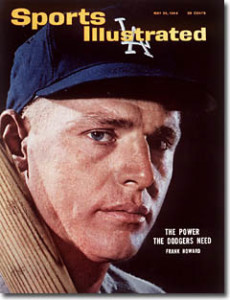 Frank Howard, the National League’s Rookie of the Year in 1962, was an intimidating figure at 6-8 and 275 pounds. He was an All-American at Ohio State in both basketball and baseball. He averaged 20.1 ppg and 15.3 rebounds in 1957 and was drafted by the Philadelphia Warriors, but he chose baseball over basketball and signed with the Dodgers.
Frank Howard, the National League’s Rookie of the Year in 1962, was an intimidating figure at 6-8 and 275 pounds. He was an All-American at Ohio State in both basketball and baseball. He averaged 20.1 ppg and 15.3 rebounds in 1957 and was drafted by the Philadelphia Warriors, but he chose baseball over basketball and signed with the Dodgers.
He was a member of the 1963 Dodgers World Series champs and would go on to win home run titles in the American League with the Washington Senators in 1968 and 1970. While playing for the Senators, his size earned him the nickname “The Washington Monument.”
He played in the majors for 16 seasons with the Dodgers, Senators, Texas Rangers, and Detroit Tigers – hitting 382 home runs and collecting 1.119 RBIs – and finished his playing career with one season with the Taiheiyo Club Lions in Japan.
He came back to the U.S. and coached with Milwaukee Brewers, New York Mets, Seattle Mariners, New York Yankees, and Tampa Bay Devil Rays for 19 seasons. He managed the San Diego Padres in 1981 and the New York Mets in 1983.
After taking a day off on Memorial Day to travel from Los Angeles to Pittsburgh, the first-place Phillies were beginning a three-game series against the Pirates.
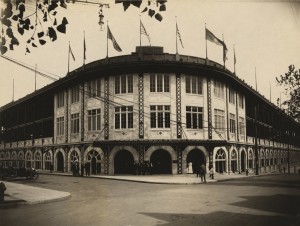 The Pirates played in Forbes Field from 1909-71. The field was named after John Forbes, a British general who captured Fort Duquesne during the French and Indian War, and renamed it Fort Pitt ─ which was the beginning of the city of Pittsburgh.
The Pirates played in Forbes Field from 1909-71. The field was named after John Forbes, a British general who captured Fort Duquesne during the French and Indian War, and renamed it Fort Pitt ─ which was the beginning of the city of Pittsburgh.
The stadium was a steel-and-concrete structure designed to harmonize with the surrounding structures in Schenley Park. At times, it also served as home for the Pittsburgh Steelers and the Pitt Panthers football teams.
The Pirates were in fifth place, but just two games behind the Phillies in first.
It was lefty Chris Short (2-1) versus Vern Law (1-4) in the first game of the series.
Law was a 12-year veteran with the Pirates. He went 20-9 in 1960 ─ the year of Bill Mazeroski’s game-winning home run in Game 7 of the World Series. But arm problems limited him to a 17-21 record over the last three seasons. This season, his lone win was a five-hit shutout over the Braves two weeks earlier.
Chris Short pitched shutouts in his last two starts. He’d given up only one earned run in 32 innings thus far ─ good for a scintillating 0.28 ERA.
Vern Law shut down the Phillies in the first inning.
With one out in the bottom of the first, Manny Mota hit his first home run of the season to make it 1-0. It was the first home run Chris Short allowed.
Roberto Clemente followed with a double to right and moved to third on a ground out. Bob Bailey hit a ground ball that should’ve ended the inning, but Bobby Wine muffed it. Clemente scored to make it 2-0 and Bailey was safe at first.
Donn Clendenon tripled Bailey home to make it 3-0 and that’s as far as Gene Mauch wanted to go with Short. He replaced Short with Dallas Green (1-0), but Green was no help.
Bill Mazeroski tripled Clendenon home to make it 4-0 – and Mazeroski scored when Jim Pagliaroni followed with a single to make it 5-0 Pirates.
Vern Law shut down the Phillies in the second inning.
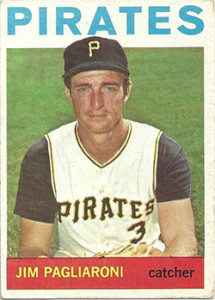 With one out in the bottom of the second, Roberto Clemente tripled and scored on a double by Gene Freese – 6-0 Pirates with a runner on second and one out.
With one out in the bottom of the second, Roberto Clemente tripled and scored on a double by Gene Freese – 6-0 Pirates with a runner on second and one out.
Dallas Green walked Bob Bailey and Don Clendenon to load the bases.
Green struck out Bill Mazeroski struck out for the second out.
But Jim Pagliaroni unloaded with a grand slam ─ his second home run of the season ─ and the score was 10-0.
To lead off the top of the third, Gene Mauch sent Cookie Rojas up to pinch-hit for Green. Vern Law retired Rojas and also got the next two batters in order.
In the bottom of the third, Mauch made changes:
- Rojas stayed in the game, replacing Tony Taylor at second.
- Ruben Amaro came in to play shortstop, replacing Bobby Wine, whose first-inning error opened the flood gates for the Pirates.
- Ray Culp (1-4) came in to pitch.
The score remained 10-0 as the Phillies were coming up to bat in the top of the fifth.
Ruben Amaro singled with two outs. Cookie Rojas followed with an inside-the-park home run to trim the lead to 10-2 ─ the first home run of the season for Rojas.
In the bottom of the fifth, Manny Mota singled with two outs, moved to second on a wild pitch, and scored on a single by Roberto Clemente to make it 11-2 Pirates.
Nothing for the Phillies in the seventh.
In the bottom of the seventh, Jim Pagliaroni drew a walk.
Even with an 11-2 lead, Pirates manager Danny Murtaugh had his pitcher bunting, and Vern Law moved Pagliaroni to second with one out.
Culp hit Dick Schofield to put runners on first and second.
One out later, Clemente singled and Law scored ─ upping Clemente’s RBI total to 25. Schofield moved to second to put runners on first and second with two outs.
Gene Freese singled and Law scored to make it 13-2.
In the top of the eighth, Ruben Amaro led off with a single and took second when Bob Bailey misplayed the ball in left. Cookie Rojas drove Amaro home with a single to trim the Pirates lead to 13-3.
In the top of the ninth, Johnny Callison led off with his fourth home run to make it 13-4, but it was much too little much too late.
Not lost on Gene Mauch was the fact that Ruben Amaro and Cookie Rojas went a combined 4-for-5 after entering the game.
The 13 runs and 17 hits were the most runs allowed in a game all year by Phillies pitching.
Vern Law (2-4) pitched a complete game to earn the victory. Chris Short (2-2) took the loss.
In St. Louis, the game between the Giants and Cardinals was rained out.
The Phillies loss dropped them back into a virtual tie for first place with the idle Giants.
The Pirates and Cardinals moved into a third-place tie ─ one game behind the Phillies and Giants. The Giants, Cardinals, and Pirates all had one more win than the Phillies – but they all had more losses.
(Excerpted from 1964 – The Year the Phillies Blew the Pennant by Barry Bowe.)
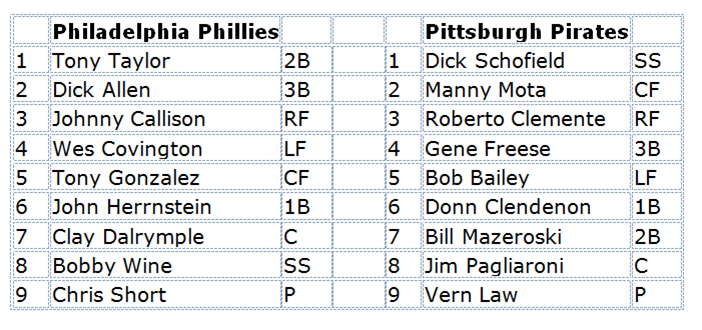
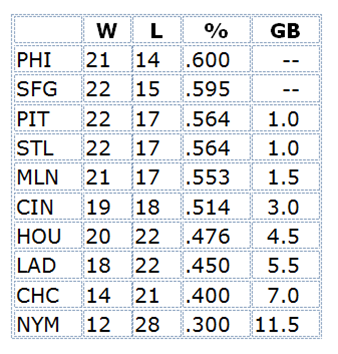
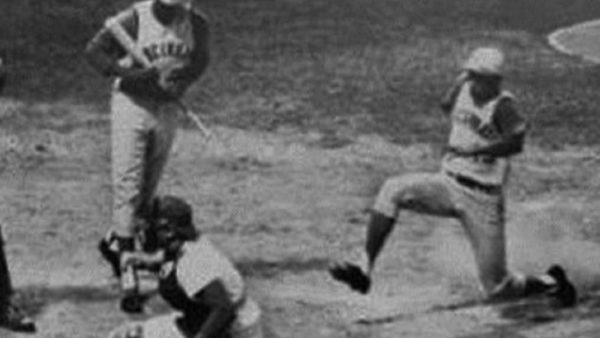
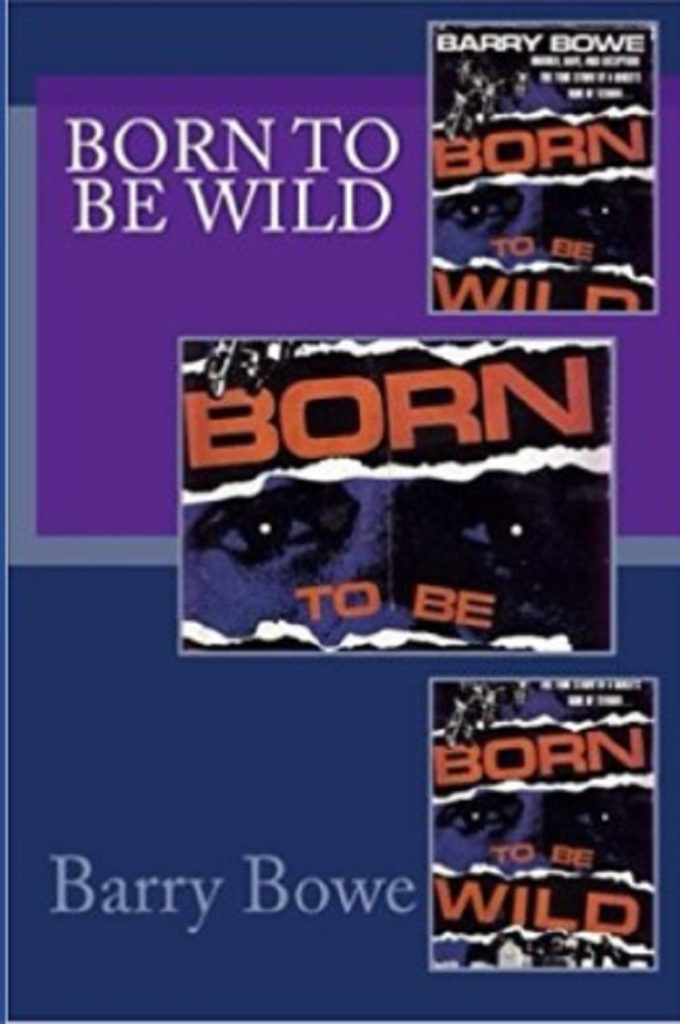

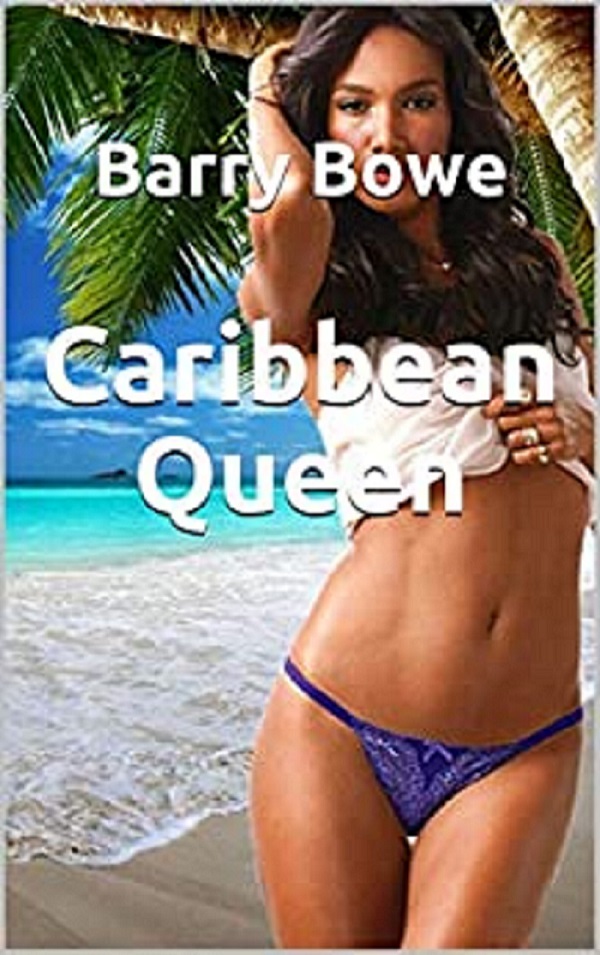
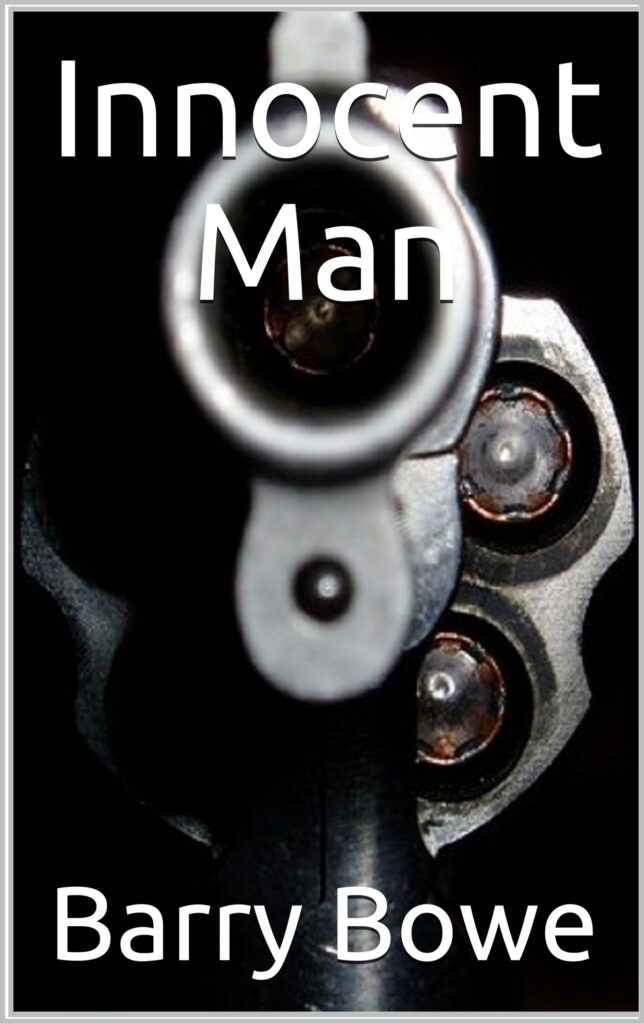
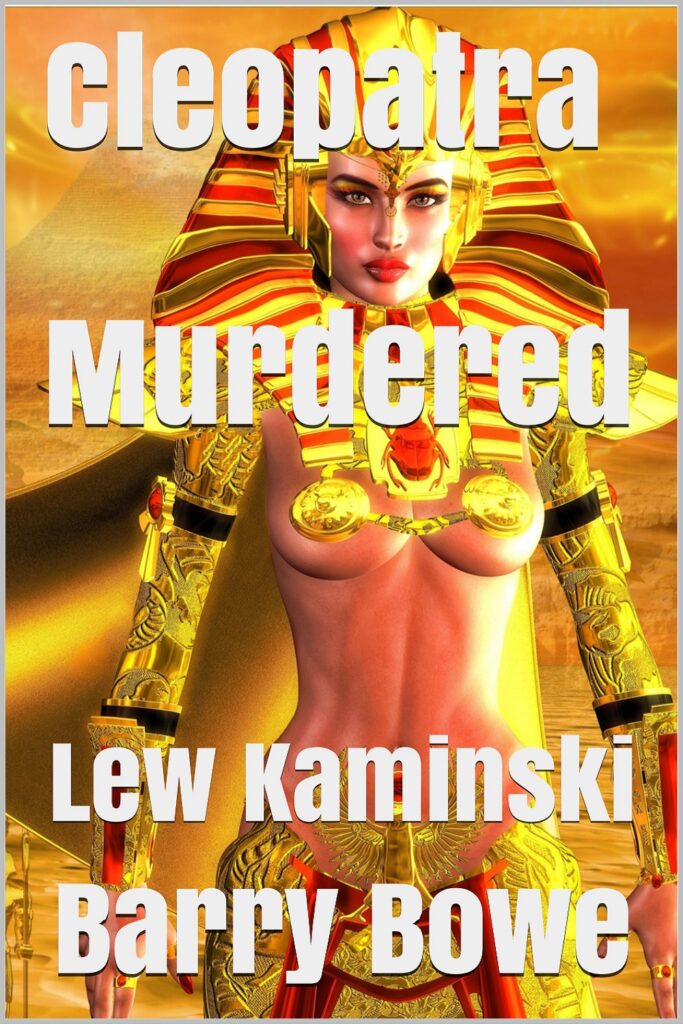
Comments
No Comments